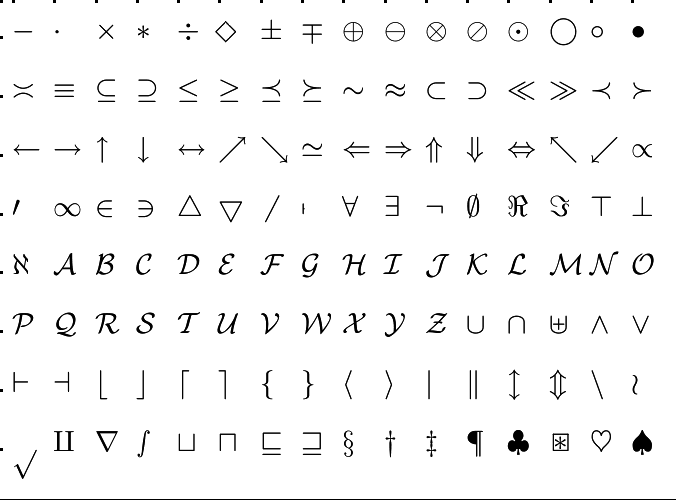Hoofdstuk 12 Differentiëren *: Raaklijnen aan een grafiek *
 The notion of differentiation
The notion of differentiation
The main notion of this chapter is the derivative. This is a limit of the difference quotient.
Let #f# be a function on an interval #I#, and #c# a point of #I#. If #\lim_{x\to c}\frac{f (x)−f(c)}{x−c}# exists, then #f# is called differentiable in #c#; the limit is called the derivative of #f# in #c#. This limit is denoted by #f’(c)# and also by #\dfrac{\dd}{{\dd}c}f(c)#.
If #f# is differentiable in all points of an interval #I#, then we can say that #f# is differentiable on #I#. In that case #f’# is a function on #I#.
The value #f'(x)# is often denoted by #\frac{\dd}{{\dd}x}f(x)#.
The function #f# and function rule #f(x)# (that is the value of #f# in an arbitrary point #x#) are often used conversly. The expressions #f'(x)# and #(f(x))'# and #\dfrac{\dd}{{\dd}x}f(x)# are also used instead of #f'#.
The slope of the tangent line to the graph of #f# at #c# is equal to #f'(c)#. See the picture below, in which the tangent line is colored green.

A direct result of the definition of the derivative is the following.
If #f# is a differentiable function on an open interval #I#, then #f# is also continuous on #I#.
Let #c# be a point of #I#. Differentiability of #f# in #c# means that the limit #f'(c) = \lim_{x\to c}\frac{f(x)-f(c)}{x-c}# is a real number. Consequently \[\begin{array}{rcl}\lim_{x\to c} (f(x)-f(c)) &=& \lim_{x\to c} \left(\frac{f(x)-f(c)}{x-c}\cdot (x-c)\right) \\ &=& \lim_{x\to c} \frac{f(x)-f(c)}{x-c}\cdot\lim_{x\to c} (x-c) \\ &=& f'(c)\cdot 0 = 0\tiny.\end{array}\]This leads to #\lim_{x\to c} f(x) = f(c) + \lim_{x\to c} (f(x)-f(c)) =f(c) +0 = f(c)#, which means that #f# is continuous in #c#.

Or visit omptest.org if jou are taking an OMPT exam.



